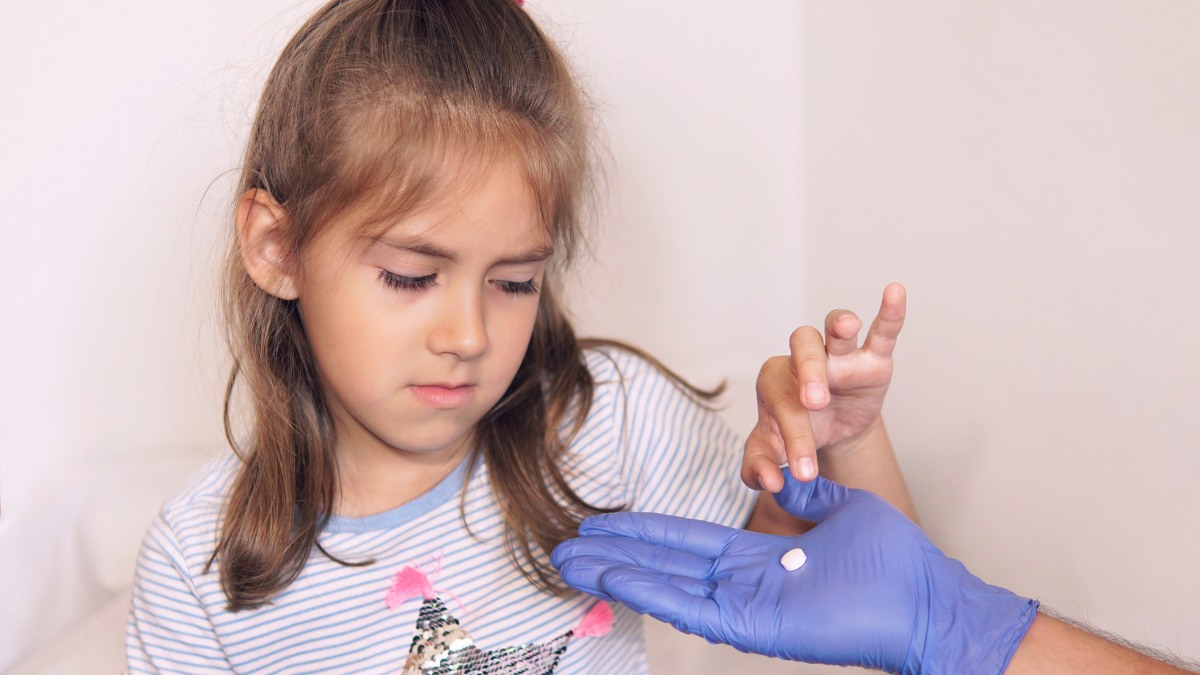Key Points:
- Naltrexone is being studied as a potential treatment to reduce irritability, self-injury, and hyperactivity in individuals with autism.
- Low-dose naltrexone (LDN) shows promise in managing some behavioral symptoms, but it is not a cure and should be used cautiously.
- Understanding the appropriate dosage, potential side effects, and how it complements therapies like ABA is essential for safe and effective use.
Supporting a child with autism often involves exploring different therapies, strategies, and occasionally, medications that may ease certain behavioral challenges. One treatment option that has been gaining interest among researchers and parents alike is naltrexone autism therapy, particularly in low doses.
Naltrexone, originally used to treat opioid and alcohol dependence, is now being studied for its potential to manage certain behavioral symptoms associated with autism, especially those that are hard to address with standard interventions.
Can Naltrexone Help With Autism Symptoms?
Yes. Naltrexone, especially in low doses, has shown potential in reducing self-injury, irritability, and repetitive behaviors in some individuals with autism.
What Is Naltrexone and Why Is It Considered for Autism?
Naltrexone is an opioid receptor antagonist. It works by blocking opioid receptors in the brain, which are involved in pain regulation, mood, and reward processing. While it was originally developed to treat substance dependence, its role in autism research emerged when studies found that some individuals with autism may have abnormal levels of endogenous opioids.
In cases of naltrexone autism treatment, researchers believe that by blocking these receptors, the medication may reduce certain behaviors such as self-injury, hyperactivity, and even social withdrawal. It’s not meant to replace behavioral therapy, but may be used as a supplementary approach for individuals who exhibit severe or unmanageable behaviors.
Several clinical studies have observed moderate improvements in a subset of autistic individuals using low-dose naltrexone (LDN), although results can vary. It’s not a universal solution, but for some, it may help ease challenging symptoms and improve participation in therapies like Applied Behavior Analysis (ABA).
What Are the Benefits of Naltrexone for Autism?
While not a cure or first-line treatment, naltrexone may offer specific benefits for individuals with autism when used appropriately and under medical supervision. Commonly reported benefits:

Understanding the range of possible benefits is key to deciding whether naltrexone may be worth discussing with your child’s doctor. It’s important to remember that not every individual responds the same way, and these effects are often mild to moderate. Consistent monitoring is crucial to determine effectiveness.
What Is the Recommended Dosage for Naltrexone in Autism?
When used for autism, naltrexone is typically prescribed at a low dose, significantly lower than what’s used for addiction treatment. This approach is known as Low-Dose Naltrexone (LDN). Common dosage guidelines:
- Low-Dose Naltrexone (LDN): 0.5 mg to 4.5 mg per day
- Pediatric Dosing: Often based on weight; typical range is 0.05–0.1 mg/kg/day
- Form: Available in capsules, liquid form, or compounded preparations for children
LDN is usually administered at bedtime since some users report improved sleep, while others may experience vivid dreams. Dosage should be determined and supervised by a healthcare provider, ideally one experienced in autism-related treatments.
It’s also worth noting that naltrexone may not work right away. Some children may need several weeks of consistent use before any behavioral changes are observed. For a deeper understanding of how mood stabilizers can play a role in autism treatment, check out our article, “What You Should Know About Mood Stabilizers for Autism Treatment.”
What Are the Possible Side Effects of Naltrexone in Autism?
Like any medication, naltrexone comes with a risk of side effects. Fortunately, when used in low doses, most children tolerate it well. However, it’s important for parents to monitor for any changes, especially during the first few weeks of treatment. Common side effects include:
- Sleep disturbances or vivid dreams
- Irritability or increased agitation (in rare cases)
- Nausea or stomach discomfort
- Headache or fatigue
These side effects are typically mild and temporary. However, if they persist or worsen, dosage adjustments may be needed. Rare but serious reactions include liver function issues or allergic responses. Regular follow-ups and lab tests are advised during long-term use.
Parents should also inform their healthcare provider of any other medications their child is taking, as naltrexone can interact with certain drugs, particularly opioid-containing medications.
How Does Naltrexone Fit into a Broader Autism Treatment Plan?
Naltrexone should never be viewed as a standalone solution for autism. It is most effective when used as part of a comprehensive treatment plan that includes evidence-based therapies like Applied Behavior Analysis (ABA), speech therapy, and occupational therapy.
Behavioral changes observed with naltrexone may make it easier for children to participate in structured therapies by reducing severe behaviors that interfere with learning. For example, a child who is less impulsive or less self-injurious may be more engaged in ABA sessions and daily routines.
Ultimately, medication should always be seen as one piece of a larger puzzle. The goal is to build lasting skills, promote independence, and improve overall quality of life.
Looking Beyond Medication: Empowering Change Through ABA Therapy
If you’re exploring treatments like naltrexone to help your child with autism manage difficult behaviors, don’t overlook the value of structured behavioral support. ABA therapy is one of the most effective and widely recommended approaches for helping children with autism develop crucial life skills, reduce problem behaviors, and improve communication.
At Crown ABA, we specialize in delivering personalized, high-quality ABA therapy in Maryland, designed to meet your child’s unique needs. Our compassionate team works with families to create meaningful progress in behavior, independence, and daily functioning.
Whether you’re just starting or expanding your autism support plan, Crown ABA is here to guide you every step of the way. Reach out today to learn how our ABA therapy programs can make a difference in your child’s life.





